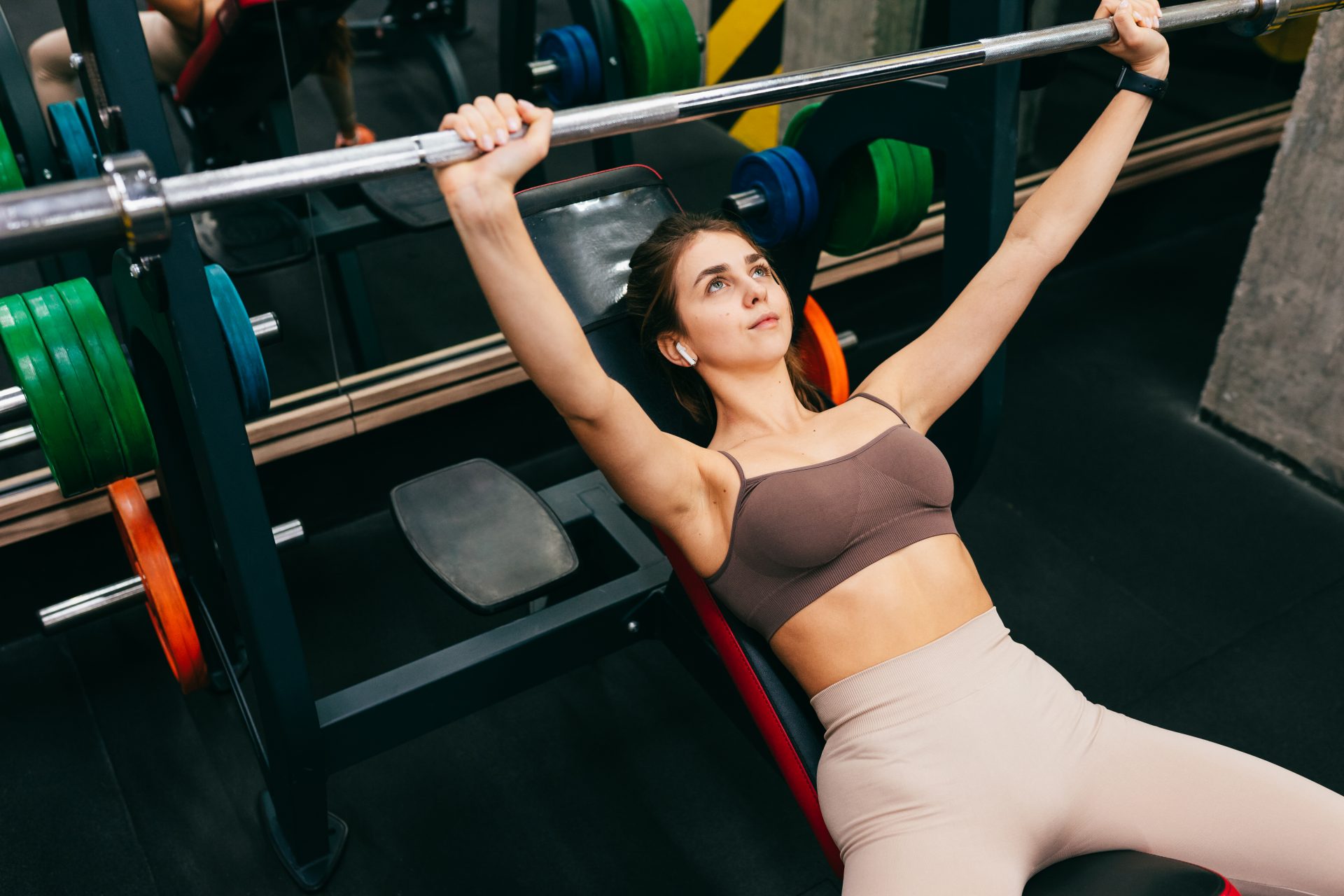Why you need to push your knees out when you squat
Building a functional body doesn’t just come from your muscles, but also your joints.
“Don’t let your knees fall in when squatting” is a common cue in strength training. Along with “spread your fingers” during press-ups and “press your feet into the floor” when deadlifting, they’re all things coaches encourage us to do – but why?
Well, these cues are all designed to increase how we engage and use our joints. While so much thought goes into our muscles with activation exercises, mind-to-muscle connection and squeezing during certain phases of movement, your joints are just as important.
You may also like
Joint health: the best supplements, exercises and foods for healthy joints – and why it’s so important
By using our joints properly, we even build stronger muscles. This is mainly due to a process called muscular torque – essentially a combination of force and rotation. “Muscle torque is a functional and dynamic way to measure how well we move. In the human body we are creating torque every time we move a joint,” explains exercise physiologist Bryna Chrismas. By properly rotating the joints in a movement, you essentially screw the joints into place to ensure efficient movement.
There are three key reasons why that’s so important:
Improves stability
Properly engaging your joints is, first and foremost, about stability. “You need to place your body in the best position to ensure you support your muscles and that you can withstand the strain of the weights,” says Chrismas.
To prove it, Chrismas recommends placing a tea towel around a broomstick. The broomstick is your bone, the tea towel is the tissue that joins your bones and joints. “If you just loop the towel around the broomstick, it’s very loose and unstable. This creates opportunities for lots of movement and instability. If you twist the towel tightly around the tibia, it’s so much more stable,” she says.

Builds power
With more stability comes more power. Rotating through the joints recruits the bigger muscles in your body which means your lifts will be even bigger and stronger. “If you hear coaches saying pull your scapula back and bring your armpits to the front when doing a shoulder press or bench press, it’s to encourage external rotation and recruit the big muscles so you’re not just relying on the biceps and triceps but using your lats and traps to assist.
“It’s the same in the lower body – pushing the knees outwards gets rotation of the hips. That means you use the glutes and hamstrings in the move.”
It goes without saying that a combination of your shoulder and back muscles can lift more than your biceps and triceps, so you’ll be shifting more weight in your workouts.
You may also like
Eccentric training can help you build more muscle and strength – here’s how
Reduces the risk of injury
A combination of stability and strength all works to reduce injury – both in the short and the long term. Form is always key, but putting the correct parts of your body under load and ensuring the strongest muscles are engaged when lifting heavy weights is crucial for avoiding injury. “Force, torque and joint stability are important for everyone. Whether you are an elite athlete, a pensioner or a crossfitter, the ability to maximize this means you move more efficiently and save energy,” says Chrismas.
For more technique tips, sign up to the Strong Women Training Club.
Source: Read Full Article
